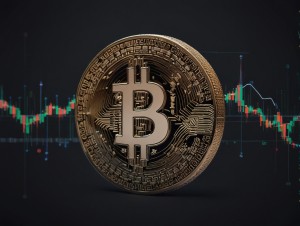Bitcoin’s transaction fees have reached their highest levels in over 20 months, with an average fee of nearly $40, benefiting miners significantly.
Despite some frustration among users, many industry figures argue that high fees are here to stay, pushing for the adoption of layer-2 solutions.
Bitcoin’s Rising Transaction Fees
As of December 2023, the average transaction fee for sending Bitcoin stands at almost $40, according to data from BitInfoCharts. This marks the highest average fee since April 2021. Additionally, Mempool.space data reveals that the Bitcoin mempool, which represents unconfirmed on-chain transactions, is growing substantially, with transactions offering as much as $2 in fees having no priority.
Currently, approximately 350,000 transactions are pending confirmation, making casual on-chain spending increasingly unviable for smaller investors. This has ignited a spirited debate among Bitcoin enthusiasts.
The debate among Bitcoin enthusiasts
While some are frustrated by the impact of high fees, prominent figures in the Bitcoin community argue that double-digit transaction costs are merely a glimpse of the future. They emphasize the need to embrace layer-2 solutions, such as the Lightning Network, designed to cater to mass adoption.
Hodlonaut, a popular commentator, stated on X (formerly Twitter) that “Fees are currently artificially and temporarily high due to JPEG clownery, but it is nothing more than a glimpse into the future. Scaling doesn’t happen on L1.” Hodlonaut further asserted that demanding low fees for “Level 1” transactions is not only ignorant but also undermines Bitcoin’s fundamentals.
This perspective reflects Bitcoin’s nature as a competition-based network that gains value over time through proof-of-work. Keeping fees low is seen as contradictory to this philosophy, as past hard forks specifically designed to lower fees have failed to attract significant value.
Miners reaping rewards
Despite the discontent over rising fees, Bitcoin miners are currently enjoying their best USD revenues in two years. Data from Blockchain.com reveals that miners’ revenue, which includes block subsidies and fees in USD, has reached levels last seen when Bitcoin hit its all-time high of $69,000 in November 2021.
Prominent commentators like Beautyon and Bitcoin veteran Adam Back, co-founder of Blockstream, argue that Bitcoin continues to function as intended despite the high fees. They believe that the solution lies in expanding layer-2 capabilities and emphasizing miner fee incentives.
Adam Back emphasized, “You can’t stop JPEGs on bitcoin,” implying that attempts to halt certain activities on the network would be futile. He added, “Complaining will only make them do it more. Trying to stop them and they’ll do it in worse ways. The high fees drive adoption of layer2 and force innovation. So relax and build things.”





